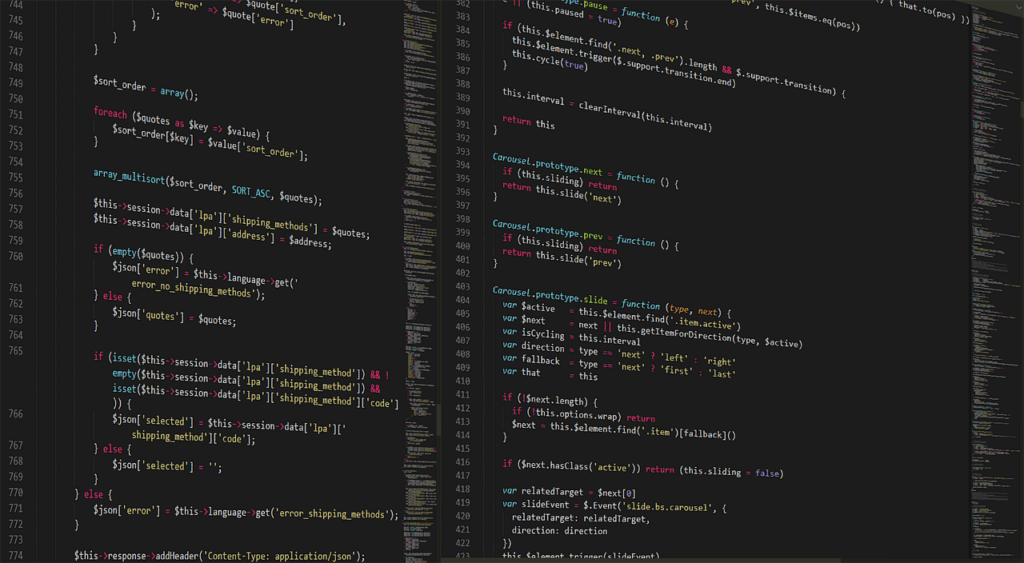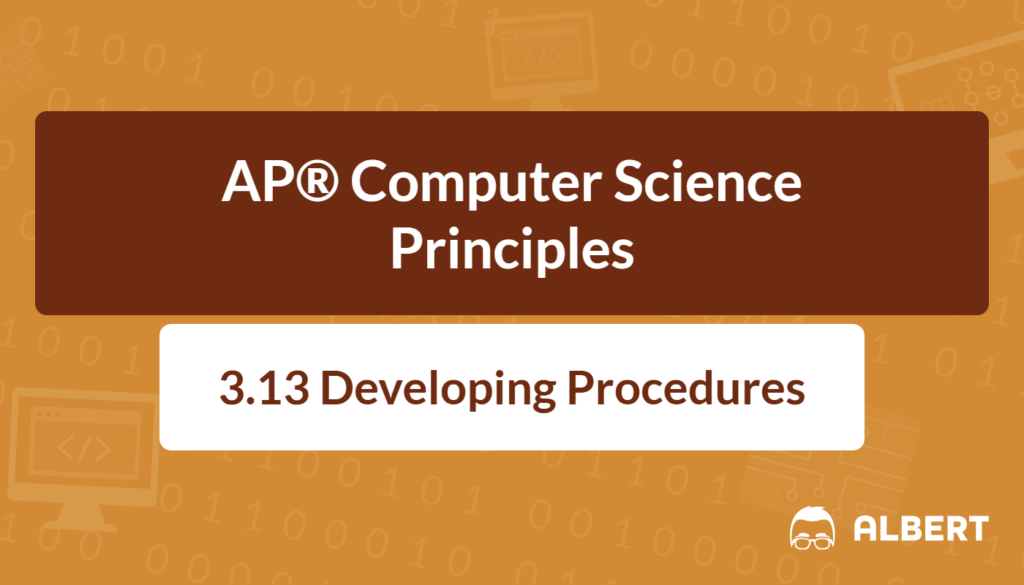Procedural abstraction is an essential concept in AP® Computer Science Principles. It helps manage complexity by breaking down large problems into smaller tasks. Therefore, it serves as a cornerstone for writing efficient and readable code. This article explores what procedural abstraction is, illustrates why it matters, and shows how to apply it in real-world scenarios. Understanding these ideas can help students excel in their coursework and future projects.
What We Review
What is Procedural Abstraction?
Procedural abstraction means giving a name to a process and using that name without worrying about how the process works internally. In other words, calling a procedure only requires knowledge of what it does, not how it does it. This separation allows a programmer to focus on each part of a problem in isolation, thereby reducing mental load.
Imagine making a sandwich. There is a set of steps involved—placing bread, adding cheese, spreading condiments, and so on. Procedural abstraction would bundle these steps into a single procedure called makeSandwich. Anyone can use makeSandwich by calling it, without needing to understand each detailed action. This approach streamlines workflows and reduces repeated code.
Benefits of Using Procedural Abstraction
Managing Complexity
Procedural abstraction manages complexity by dividing big tasks into smaller ones. For example, solving a complex math problem often involves solving easier subproblems first. Each subproblem can be tackled as an independent piece before combining them into the complete solution. Therefore, programmers can work in larger teams, share code more effectively, and ensure that each helper function addresses a specific challenge.
Code Reusability
Procedures allow for code reuse, preventing the duplication of the same logic in multiple places. For instance, if a program needs to calculate the average of a list of numbers several times, a single procedure named computeAverage can be defined. This ensures future changes only need to be made in one location, saving time and ensuring consistency.
Improved Readability
Procedures also ensure clear code. Properly named procedures can reveal the intent behind each routine. For example, updateHighScore is more descriptive than a long block of code doing various tasks. Therefore, a programmer reading the code immediately knows that updateHighScore deals with adjusting a game’s record score.
Modularity in Programming
Modularity, which is the subdivision of a computer program into separate subprograms, is closely tied to procedural abstraction. It organizes code into manageable sections, each handling a specific aspect of the program. As a result, it boosts teamwork and accelerates bug-fixing because each team member can focus on a distinct module.
Consider a video game. One module handles character movement, another handles scoring, and a third manages graphics. These modules can function independently and be replaced or improved without affecting other parts of the program. Therefore, modularity ensures that projects scale properly, especially when multiple programmers are involved.

Creating and Using Procedures
Procedural abstraction typically involves defining a procedure, specifying any required parameters, and then returning a result if necessary. According to the AP® CSP exam reference, use:
PROCEDURE procName(parameter1, parameter2, …)
{
RETURN (expression)
}Parameters are placeholders that let the procedure handle different inputs. When the procedure executes, those inputs are referred to within the procedure body. The RETURN keyword specifies the output that the procedure sends back to the caller, though it may appear at any point in the code block.
Real-World Applications of Procedural Abstraction
Procedural abstraction extends beyond the classroom. In software development, large projects rely on well-defined procedures for everything from database queries to user interface updates. As a result, teams can collaborate without worrying about one another’s underlying code.
In robotics, procedures govern how individual components work together, such as sensors reading data and actuators performing movements. Standardized procedures become essential because they let engineers upgrade small parts of the system without rewriting everything else.
Additionally, industries like finance use procedures to organize common tasks. For example, transferring funds between accounts might be encapsulated in a transferFunds procedure. The bank’s programming team can change the procedure’s internals (to improve speed or security) without affecting code that calls transferFunds.
Key Terms to Know
- Procedural Abstraction – Naming a process and calling it without knowing the internal details.
- Modularity – Organizing a program into separate subprograms for clarity and manageability.
- Parameters – Inputs defined in a procedure’s definition to allow for different values.
- Return Value – The result that a procedure produces and delivers back to the calling code.
- Code Reusability – Reusing procedures or routines to avoid writing the same code multiple times.
Conclusion
Procedural abstraction is not merely a concept taught in AP® Computer Science Principles—it is a guiding principle for managing complexity across the entire software industry. By learning to divide large problems into manageable subproblems, students develop valuable skills in organization, planning, and efficiency. Additionally, practicing how to create and call procedures provides a strong foundation for future programming opportunities. Therefore, it is highly recommended to keep creating and refining procedures while exploring more advanced topics. With procedural abstraction, programmers can write cleaner code, collaborate more easily, and adapt to change without major disruptions.
Sharpen Your Skills for AP® Computer Science Principles
Are you preparing for the AP® Computer Science Principles test? We’ve got you covered! Try our review articles designed to help you confidently tackle real-world AP® Computer Science Principles questions. You’ll find everything you need to succeed, from quick tips to detailed strategies. Start exploring now!
- AP® Computer Science Principles 3.10 Review
- AP® Computer Science Principles 3.11 Review
- AP® Computer Science Principles 3.12 Review
Need help preparing for your AP® Computer Science Principles exam?
Albert has hundreds of AP® Computer Science Principles practice questions and full-length practice tests to try out.








